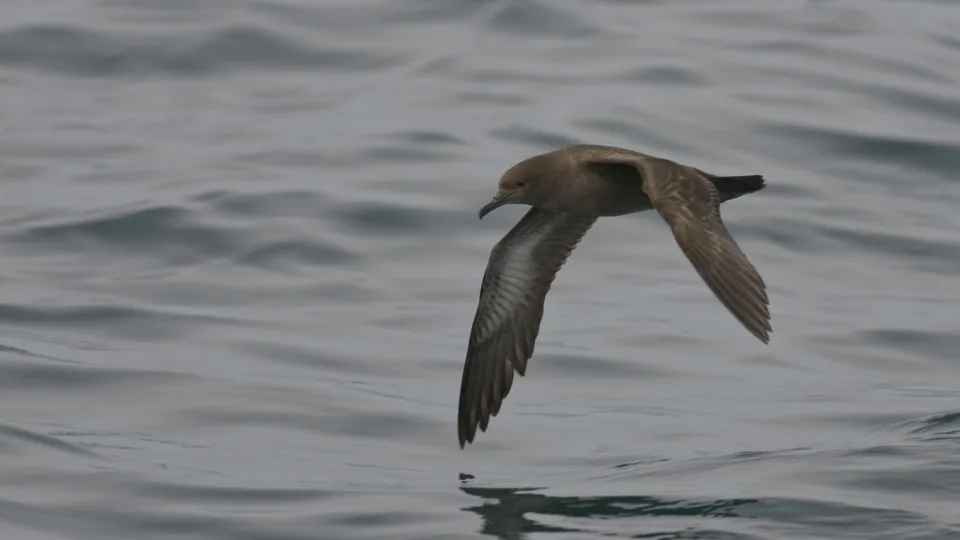
Sooty Shearwater
These globe-spanning seabirds can often be seen offshore in autumn, shearing low over the waves.

These globe-spanning seabirds can often be seen offshore in autumn, shearing low over the waves.
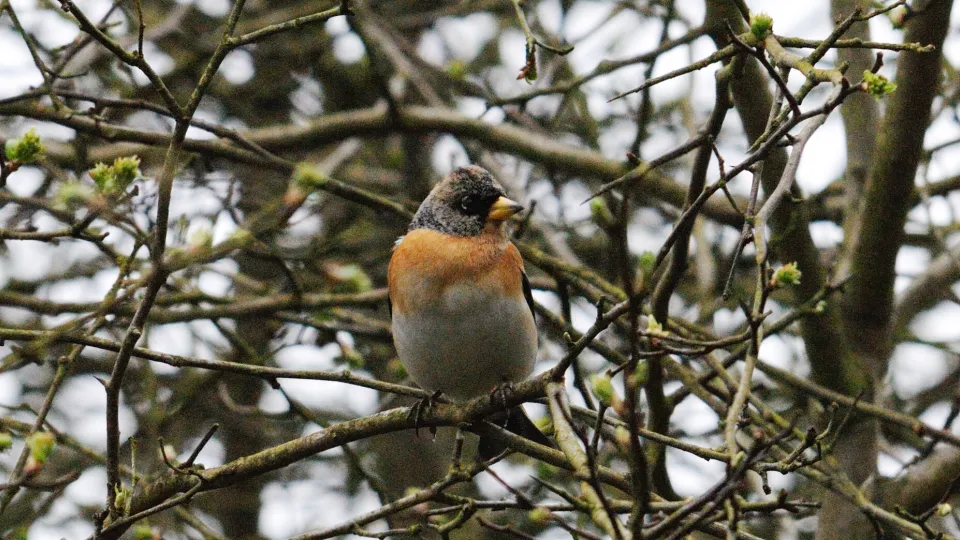
These winter visitors are close relatives of the chaffinch and can often be found in the same flocks, where their white rump and nasal calls give them away.
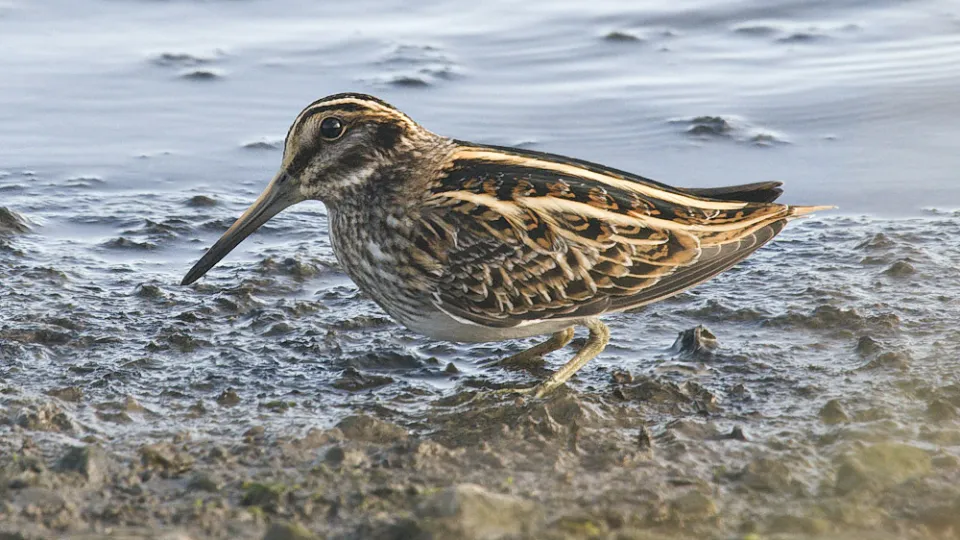
This well-camouflaged wader is a winter visitor to the UK, where it can be seen feeding on wetlands with a distinctive bobbing motion.
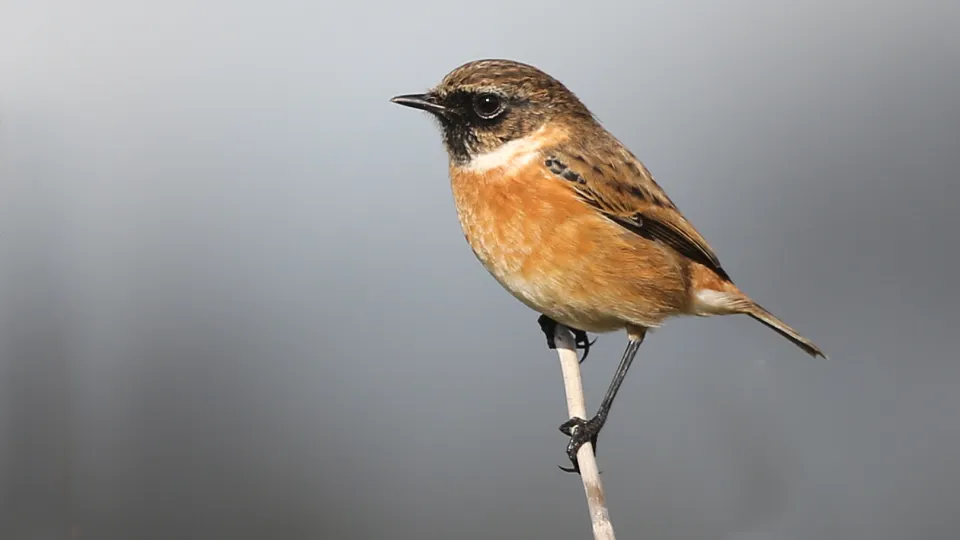
The stonechat is named for its call, which sounds just like two small stones being hit together! It can be seen on heathland and boggy habitats.
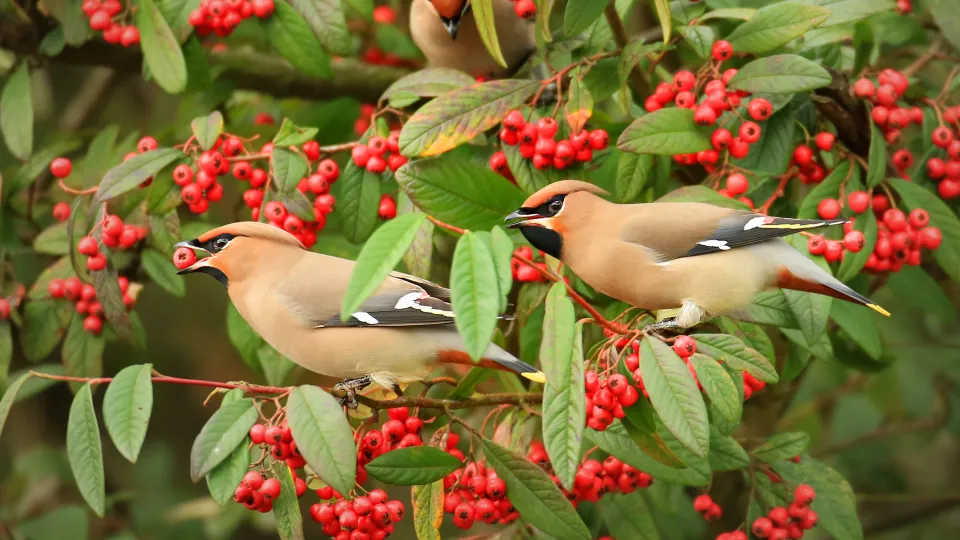
The waxwing is a colourful winter visitor. It can often be spotted in large flocks in berry-laden bushes in towns, car parks and gardens.
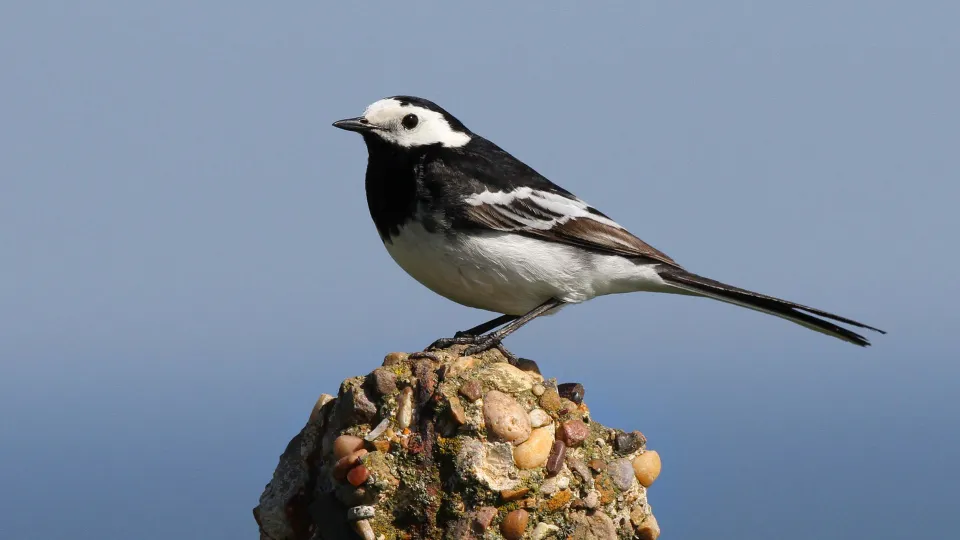
The pied wagtail is a familiar bird across town and countryside. Its black-and-white markings and long, wagging tail make it easy to identify as it hops across the road or lawn.
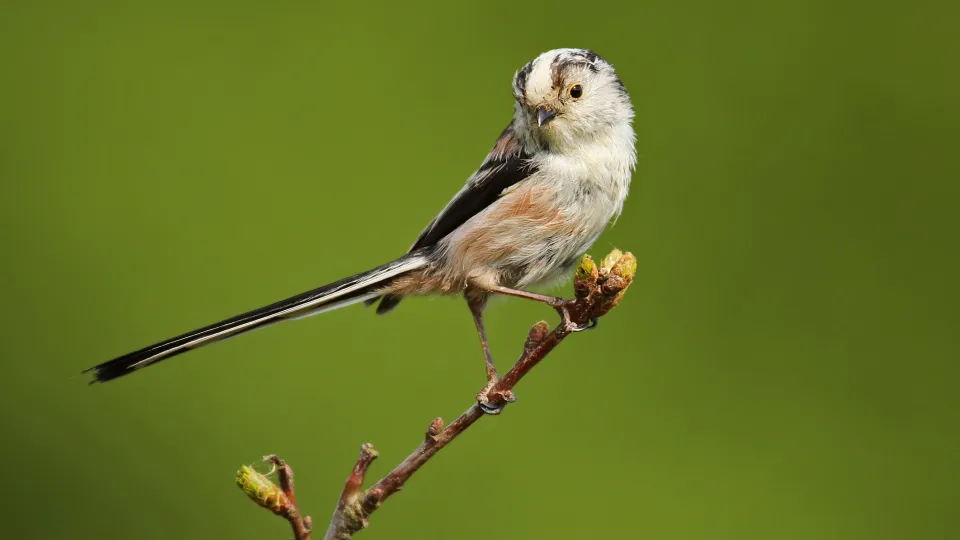
Living up to its name, the long-tailed tit can be easily recognised by its long tail. It is a small, pretty, pink, black and white bird that can be seen in woodlands, gardens and parks.
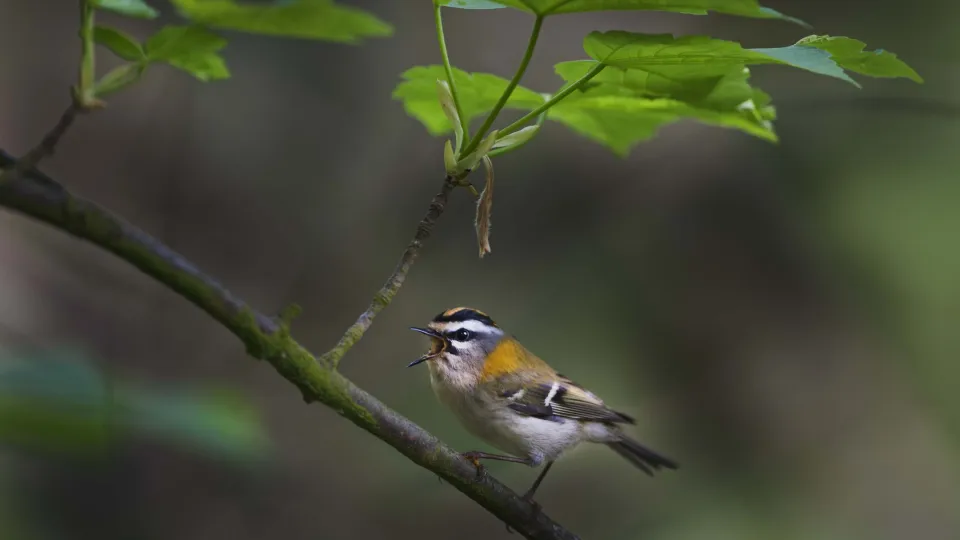
The tiny firecrest vies with the goldcrest for the title of the UK's smallest bird. Once just a visitor, the firecrest can now be found breeding in woodlands in the south of England.

The hart's-tongue fern is a hardy fern of damp, shady places in woodlands. It also makes a good garden fern. It has simple, tongue-shaped, glossy, green leaves that have orange spores on their undersides.
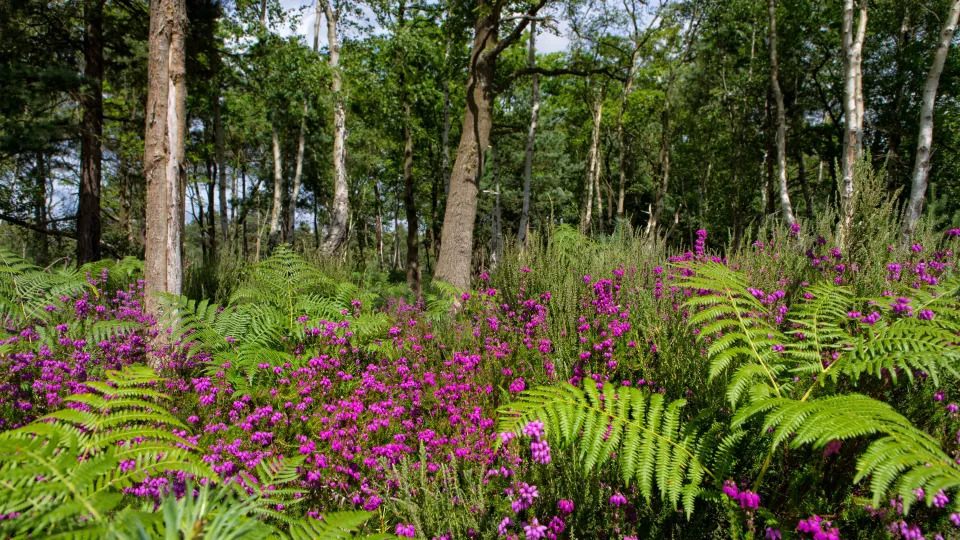
Our most familiar fern, bracken can be found growing in dense stands on hillsides, moorland, heathland and in woodlands. It is very large and dies back in winter, turning the landscape orangey-brown.